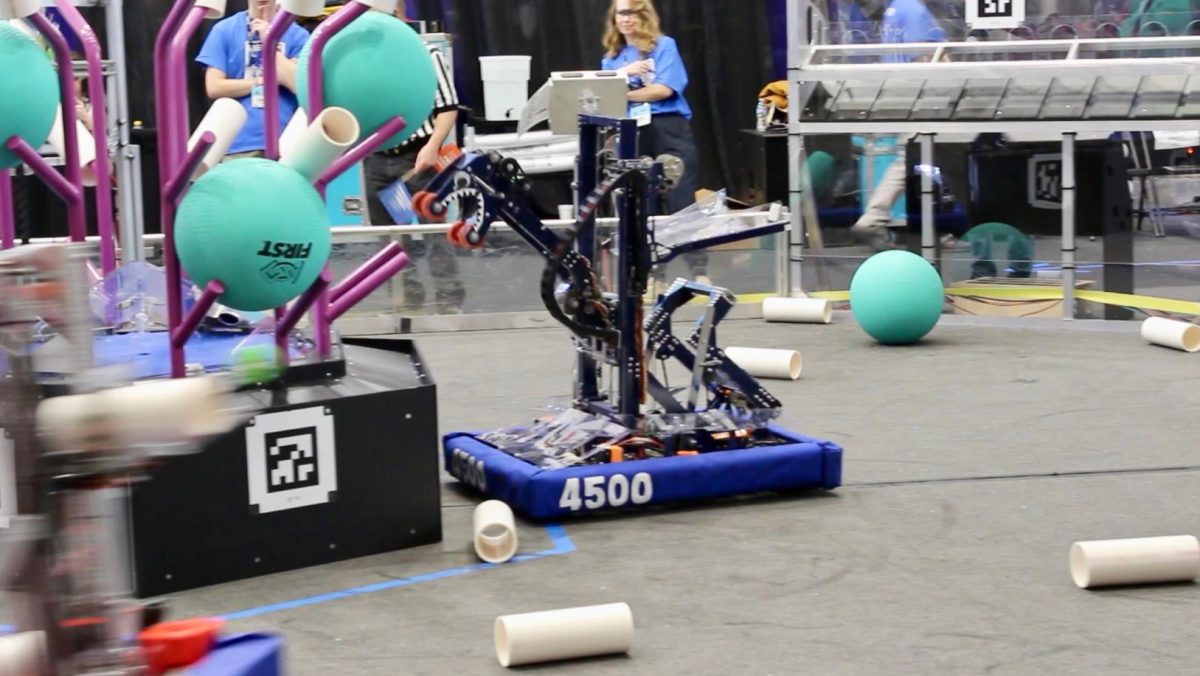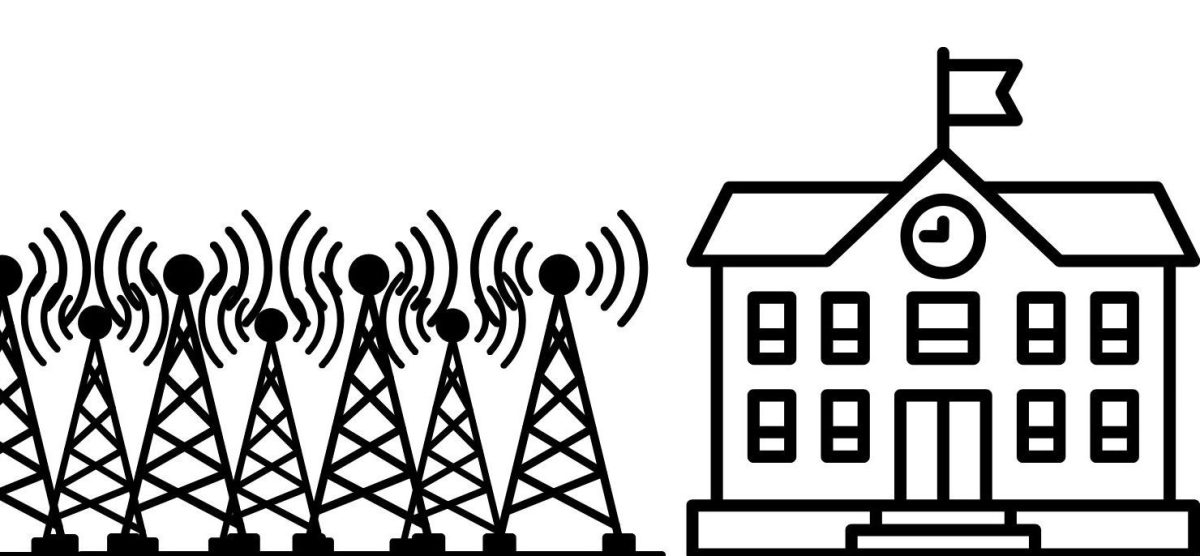Of all clothing production, 92 million tons of textile waste end up in landfills each year. Thrifting is becoming an appealing option for consumers looking to shop sustainably.
Freshman Katherine Strait first heard about thrifting from her friends in middle school. She began exploring thrift stores soon after.
“I started hearing people around me [being] complimented on their clothes, [and] saying, ’Oh, I got this thrifting, and it was accessible to me,’ or ‘[it was] very cheap.’ It was around that time when I got curious about it,” Strait said.
Strait was drawn to the sustainable aspect of second-hand shopping and its affordability. She found the standard cycle of clothing consumption excessive.
“If you are always buying new clothes, the clothes you grow out of are thrown out. That seems like a lot of waste, the idea that you’re able to breathe new life into something that was cast aside, or push it forward to someone else who maybe needed it more. That’s cool,”
The fashion industry is a major contributor to environmental pollution. The production of clothes involves harmful chemicals and excessive water usage. Combined with rising consumerism for fast fashion results in excessive amounts of waste. Strait touches on the environmental benefits of thrifting clothing.
“One person’s trash is another person’s treasure. [When something] has been recycled, it’s still a perfectly good piece of clothing to someone else. There’s so much [excess] clothing nowadays circulat[ing] [in the fast fashion industry], so being able to recycle some of it is good,” Strait said.
Thrifting is an alternative shopping option for people to obtain cheaper and more affordable clothing.
“Not everyone can afford brand new clothes all the time, so having an option where maybe it’s not as nice or brand new, but it still feels brand new to you, is pretty good,” Strait said
In theory, thrifting seems like an ideal solution to the problems of fast fashion and overproduction, but overconsumption turns it into another problem entirely. Recently, thrifting has become a trend for many upper or middle-class people, who buy more than necessary and donate mounds of clothing. This results in clothes piling up in landfills, which can take over 200 years to decompose. The key thing missing from thrifting is intentionality.
“When you are thrifting, be aware of the positive and negative impacts of your purchases; conscious buying is important for sustainability,” Strait said.













Sheila Pride • Feb 13, 2025 at 2:22 pm
An important topic to bridge key important topics to bring sustainability to the world of beauty, fashion and to many generations, not just our youth. I think folks simply need to know where to go and how it all works!